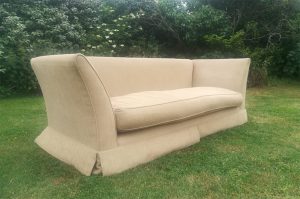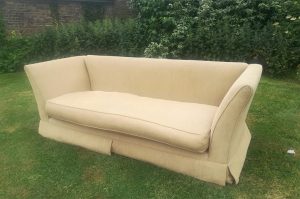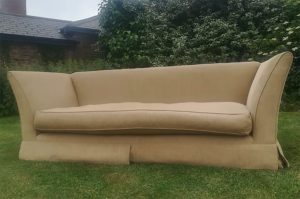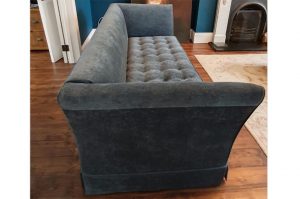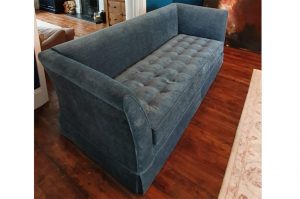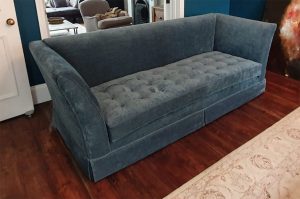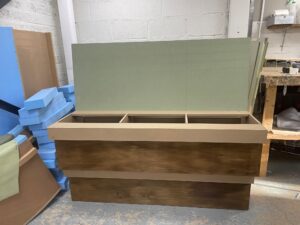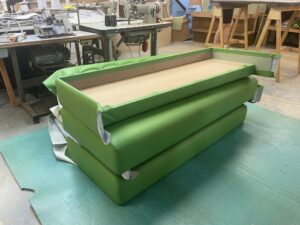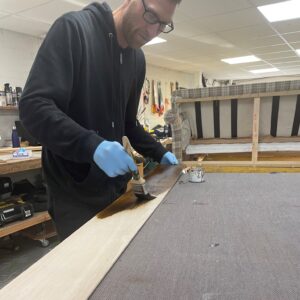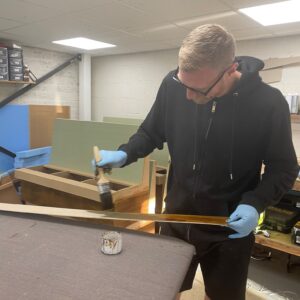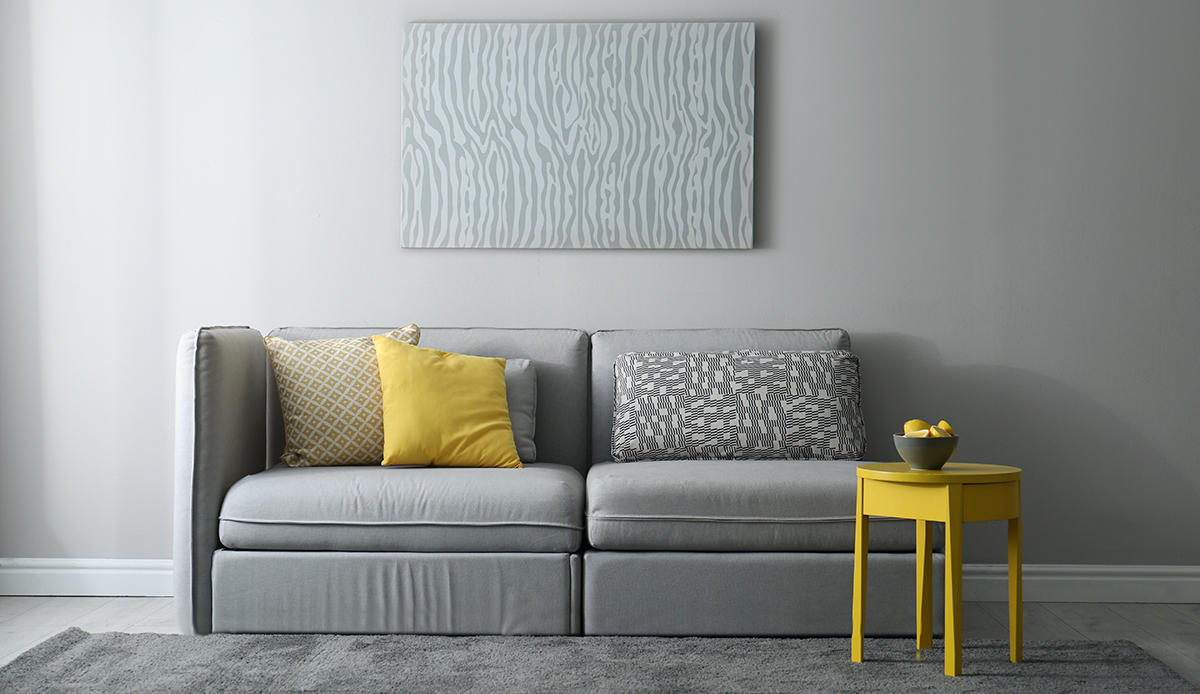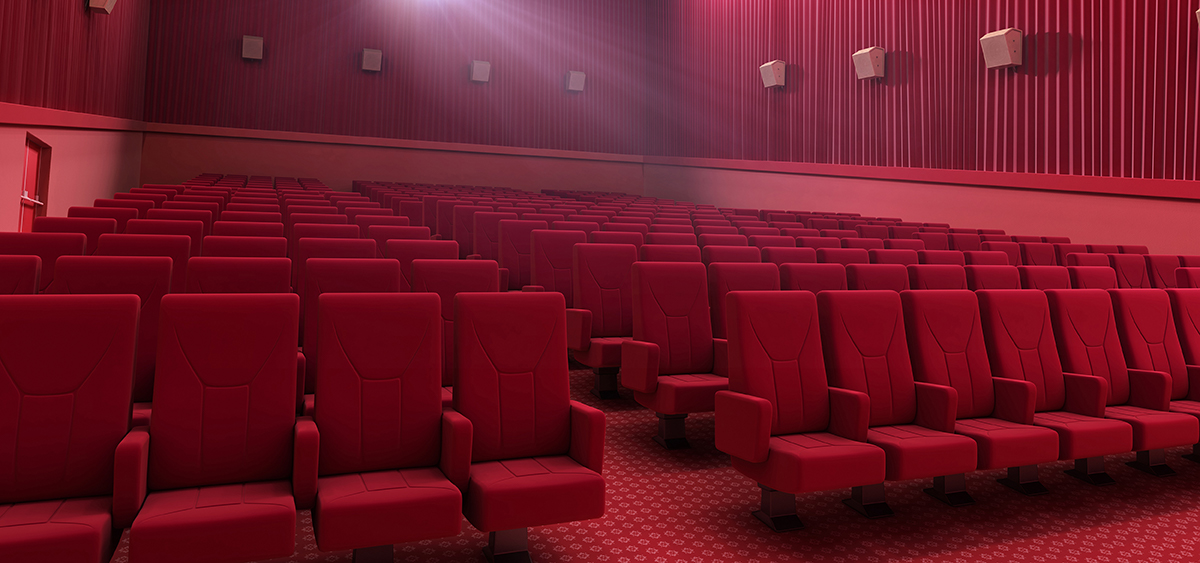There are very good reasons why leather is an enduringly popular choice for contract furniture; it is robust and (usually) gets even more attractive with age. Here are some useful pointers about leather upholstery qualities that we have identified from our experiences:
1. Expect every piece of leather furniture to have unique character
Leather hides are the skin of cows, and as no two cows are exactly the same, no two hides are the same either. The grain (which is the term for the outside of the hide) – will have its own collection of wrinkles, insect bite marks and healed scars & scratches that have been acquired through the animal’s lifetime.
2. More character often means better quality
A hide’s unique characteristics can actually be a pointer of better quality leather upholstery as they demonstrate that the leather has not been overly processed – some poor hides can be sanded to make then appear more unmarked, in the process perhaps also losing some of their character.
3. Leather hides are irregular, so care has to be taken with ordering by the m2.
Because hides are rather irregular in shape, even when the area of the hide is accurately measured, all this area cannot be fully used. This regularly means that not enough leather is ordered – if a chair requires, say, 4sqm of leather, it might seem generous to allow a whole hide of perhaps 5m; but the hide’s irregular shape might mean that not all of this can be used. Hide sizes tend to vary too, averaging around 5 sqm.
4. Leather is supplied in full hides, so small requirements will lead to wastage
It is not possible to order less than a full hide and therefore, costs to make an order requiring only 2sqm of leather (for example) can jump up considerably, as you would still need to pay for the full hide.
5. Leather that has been printed with a repeat pattern will require a lot of leather
A repeat pattern exaggerates the difficulties with the irregular shape of a hide (our point 3 above), limiting an upholsterer’s flexibility. This will mean considerably more needs to be ordered, with concurrent extra waste. Occasionally a design scheme calls for the central ‘ridge’ of a hide to be centralised on a seat; this of course means that each seat requires (at least) a full hide, even if of diminutive proportions.
6. Leather can stretch over time
Unsupported expanses of leather upholstery will stretch if subject to regular use. So, for instance, the top surface of a cushion on a lounge chair will probably slightly expand over time, giving it a slightly baggy appearance. The larger an area of leather, the more noticeable this will be. This is generally perceived to be an endearing characteristic of leather furniture. But we strongly recommend extreme care with leather ‘slung’ furniture (ie leather suspended across a seat), which will eventually stretch too far to be comfortable, unless the leather is well-glued to an un-stretchable backing material.
7. Some leather finishes are more robust than others
Leather is resilient by nature, but raw leather will stain extremely easily. Because of this, leather for contract use is usually coated with both a colouring pigment and a clear protective layer. Both of these processes individually will help protect a leather surface; together they provide significant extra protection.
As a contrast, Aniline leather, which can be superbly soft, undergoes a process that preserves and colours the leather, but does not protect its surface. As a result Aniline leather (or semi-aniline leather, which offers some protection) is not as resilient as pigmented leather.
8. Leather requires maintenance and care
Leather improves with age, but only if it is treated with some respect.
For more information about Contract Furniture and Leather Upholstery just contact us.
The original version of this article was posted on info.thecontractchair.co.uk



